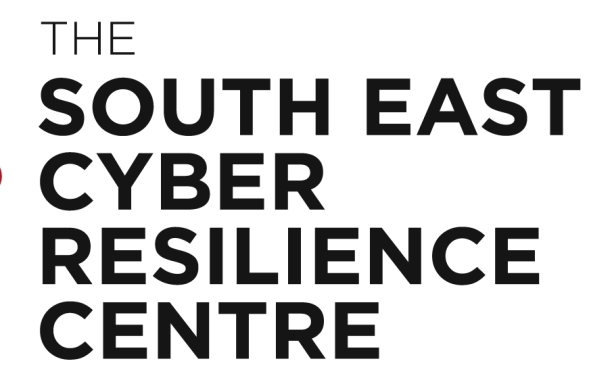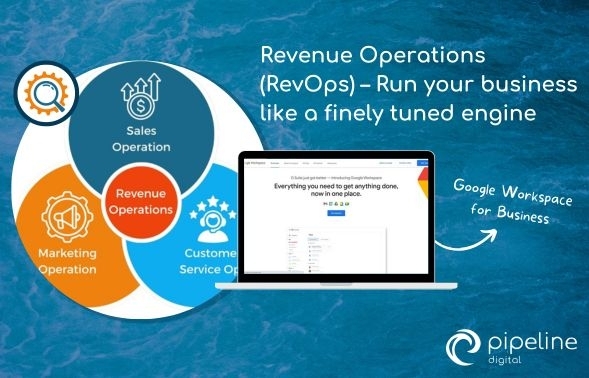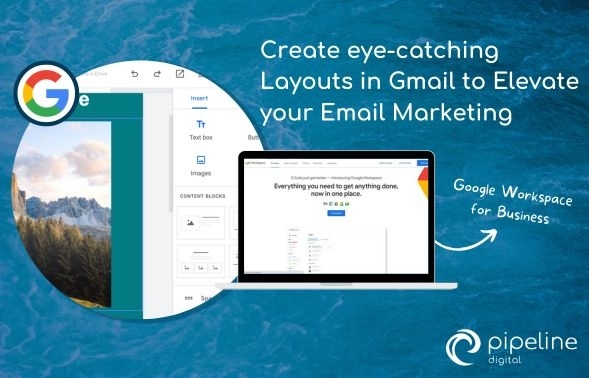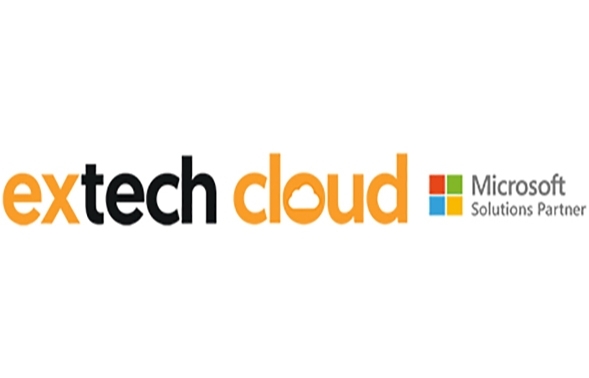- A commitment to healthier workspaces
In 2025, the conversation around workplace wellness continues to gain momentum. The WELL Institute found that elements like improved indoor air quality, better lighting, and access to nature in the workplace, contribute to a 26% improvement in overall well-being, a 10% increase in mental health, and improved productivity.
Jon Seal, MD of technologywithin, says: “Coworking spaces are responding by offering wellness-focused programs, including yoga sessions and on-site massages. The recently introduced WELL Coworking Rating is an indicator of a healthy coworking space, with our customer, flexible workspace operator, Koba, participating in its pilot last year.”
Koba places circularity and reusability at the heart of its workspace interiors, reflecting how sustainability often complements workplace wellness. In fact, environmental factors are currently a top priority for millennials and Gen Z, leading them to take action and value businesses that have similar outlooks. The relevance of BCorp accreditation, awarded to companies focussing on environmental and social impact, continues for coworking businesses this year.
Jon Adds: “Embracing these wellness trends will be a key differentiator for top-performing coworking spaces this year.”
- Amenity-rich and hospitality-infused workspaces
The industry’s commitment to people-first workplaces continues to dominate in 2025. According to the London Flex Brand Index Report 2024, “amenity-rich reigns supreme.”
Flexible workspaces are increasingly offering a wide range of amenities, including food and beverage services, fitness, and event facilities such as meeting and conference rooms. A notable trend for 2025 is the demand for podcast studios, driven by content creators seeking high-quality recording setups, and visually appealing backdrops aligning with evolving social media content trends.
This push for high-quality experiences extends beyond physical design. Hospitality-infused workspaces embody “hotelification,” where premium services are central to the member experience. From thoughtful workspace aesthetics - such as soft furnishings, inspiring wall art, and calming lighting - to state-of-the-art technology, these spaces offer a blend of comfort and functionality that appeal to modern professionals.
Jon says: “Technology plays a crucial role in delivering this premium experience. Super-fast internet connectivity is now an essential feature, ensuring seamless operations for businesses and uninterrupted workflows for members. Advanced tech solutions, such as intuitive booking systems and automated access management, enhance convenience while aligning with the elevated expectations of hospitality-focused coworking spaces.”
Community managers remain a cornerstone of this service-first approach. In the UK, many workspace operators are recruiting community managers with hospitality backgrounds, reflecting the “hotelification of the office” trend that gained huge momentum last year.
- Marketing consolidation and moving into flex
With hospitality-infused workspaces meeting workers’ needs for flexibility, companies have responded by taking up flex space over traditional offices. Last year, JLL found that almost a third of companies used flexible workspaces, with 42% planning to find suitable footprints with the flexibility to scale up or down.
Jon notes: “This increasing demand continues to influence traditional landlords moving into flex. Some have introduced bookable amenities and more flexible leases to space operations, while others are forming partnerships with established workspace brands.”
According to The Instant Group, operating a flex model “could generate a premium return of up to 30% compared to net effective rent.”
CBRE’s recent acquisition of Industrious exemplifies the ongoing trend of market consolidation in the flex space sector. This move highlights the shift toward a hotel-style model, where workspace brands manage spaces owned by larger asset management companies.
But, what does the next year look like for independent workspace businesses as competition intensifies across the industry? Niche players are expected to carve out a space for underserved markets, such as marginalised communities and specific localities. The key factor here is brand – strong coworking brands are well-positioned to navigate the opportunities and challenges in the year ahead.
- Demand in certain EU markets
As the European real estate market shows signs of recovery, stabilising valuations, and easing interest rates create a more favourable investment landscape. According to Knight Frank, this recovery varies regionally, with Southern Europe, particularly Spain, and the Nordics projected to lead economic growth.
Jon says: “Madrid, London, and Prague are at the forefront of rising office occupancy rates, influenced by companies’ return-to-office tactics. For investors and occupiers, Madrid, Oslo, and Amsterdam were identified as some of the most underpriced, offering attractive investment opportunities. Across the board, strong requirements are being made for flexible workspaces.”
The UK is experiencing an uptick in regional coworking, especially in cities like Manchester and Birmingham. By the end of Q3 2024, over 250,000 sq ft of flexible workspace had been acquired across the UK regional market. Research by Savills also highlights that ‘a new wave of global and domestic operators is establishing a presence across the UK,’ exemplifying the strength of the UK flexible workspace market.
- Automation and technology
The integration of software and AI in coworking operations is transforming the sector, with those who embrace these tools positioned for success in 2025.
AI’s influence extends beyond basic automation to include intelligent decision-making and strategic insights. Tools like Uniti AI streamline sales processes, while platforms such as Orchestry deliver advanced reporting capabilities that help operators stay ahead in a competitive market.
Automation is equally transformative in day-to-day operations. Workspace software enables tasks like automating WIFI setups, managing tenant billing, and monetising amenities with ease. Meeting room access management, for example, can drive additional revenue through seamless bookings and upgrades. To boost revenue even further, operators can offer WIFI bandwidth upgrades, providing paying members with uninterrupted high-speed connectivity.
Jon notes: “By automating routine tasks using software, operators can also free up valuable time to focus on enhancing the member experience – a top priority for today’s coworking professionals.
“Data collection across multiple touchpoints is another game-changer. With insights into how members use their spaces, operators can make data-driven decisions to optimise their offerings. Tools like twiindata Nomad from technologywithin take this a step further by enabling members to access WiFi seamlessly across an operator’s entire portfolio without repeated logins. This not only creates a frictionless experience for members but also provides operators with valuable insights into member behaviour across locations.”
As coworking evolves, the adoption of AI and automation will be pivotal in shaping the industry's future, enabling operators to deliver smarter, more efficient, and more member-focused spaces.
Overall, the future of coworking looks bright, and we cannot wait to stay on top of the industry’s most exciting developments in the year ahead.



















